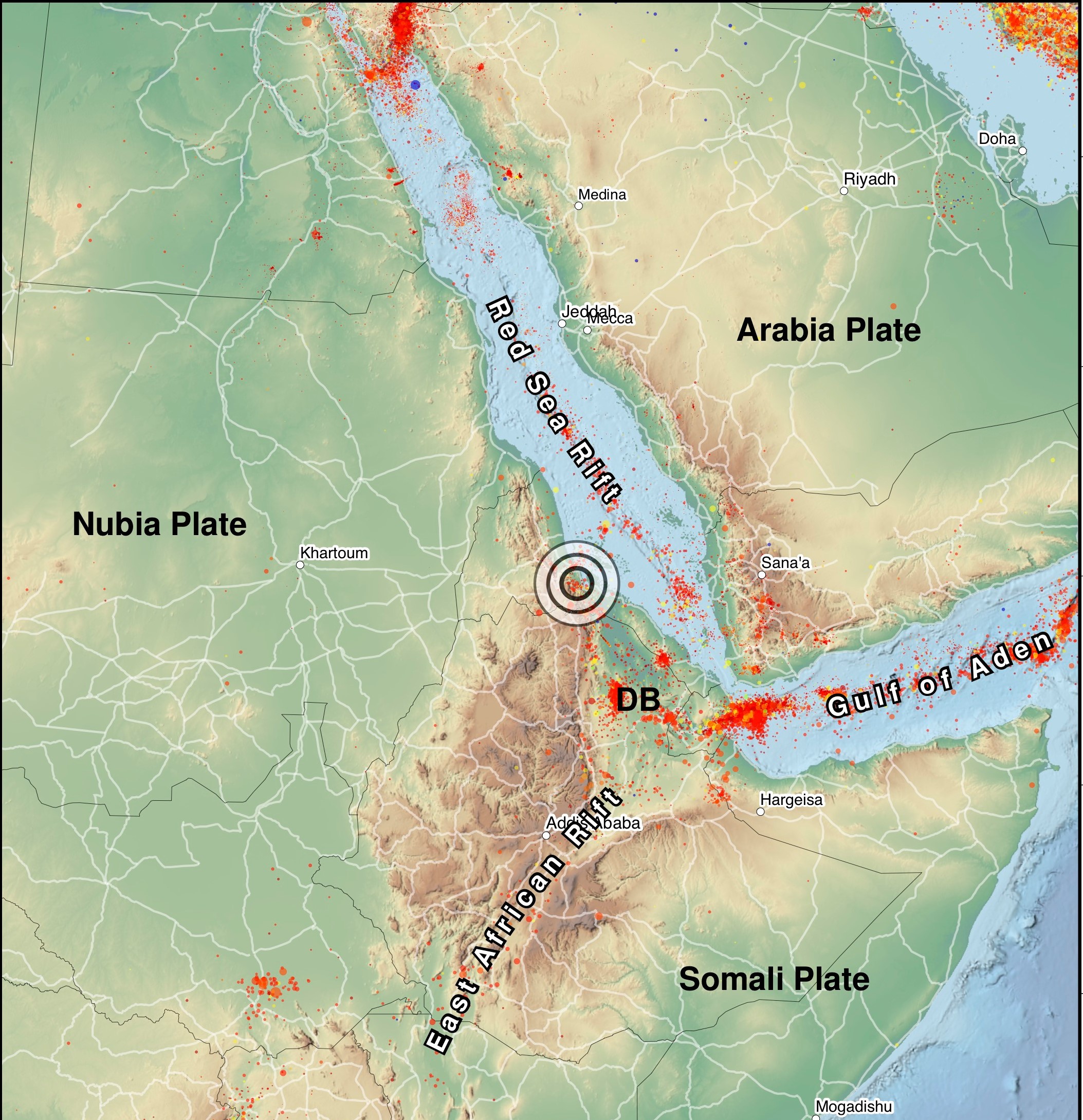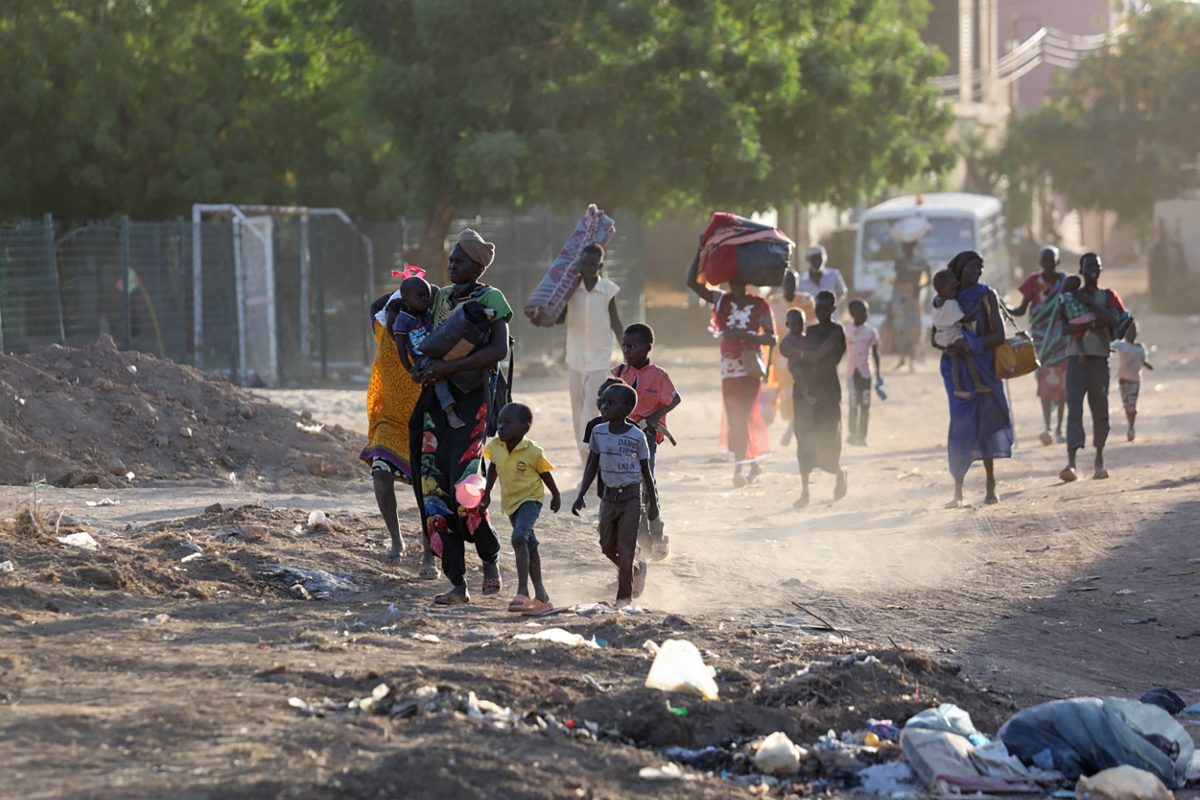By: Dr. Yonas Workineh
The Ethiopian government has initiated the evacuation of approximately 80,000 residents in response to a series of earthquakes in the Afar, Oromia, and Amhara regions.
Officials and experts warn that the tremors, which have been increasing in frequency and magnitude, could signal volcanic activity.
Since Friday, Ethiopia has experienced at least 10 earthquakes, with the strongest recorded at a magnitude of 5.8 early Saturday morning.
The United States Geological Survey (USGS) pinpointed the epicenter 56 kilometers southeast of Ambosa, Oromia region.
A second quake, measuring 4.7, occurred just hours later, 10 kilometers east of Awash in the Afar region.
The latest tremors were felt in major cities, including Addis Ababa, Adama, and Metehara, with residents in high-rise buildings reporting noticeable shaking.
The Awash Fentale district, spanning parts of Afar and Oromia, has become the epicenter of seismic activity.
According to Atalay Ayele, head of the Seismology Department at Addis Ababa University, the earthquakes originated near Dofen Mountain. “The region is active volcanically. The state must be cautious about infrastructure development here, and the public needs more awareness about seismic risks,” Professor Ayele said.
Residents and officials reported that Awash Fentale has experienced over two dozen quakes and aftershocks since September.
In Afar, seismic activity has created a natural hot spring crater that continues to expand, adding to fears of potential eruptions after smoke was seen venting from the Dofen volcano following Friday’s tremor.
Although no casualties have been reported, dozens of homes in the Afar region have sustained damage.
The federal government has dispatched emergency workers to 12 kebeles in the Awash Fentale district to assess damages and assist vulnerable populations.
Efforts are focused on evacuating residents and protecting infrastructure, social services, and the local economy.
In a statement issued Saturday, officials emphasized the need to monitor the situation closely.
“The government is identifying the most vulnerable citizens in the affected areas and ensuring their evacuation. It is also assessing the earthquake’s impact on public infrastructure and institutions,” the statement read.
Engineer Mesfin Negewo, director general of the Ethiopian Construction Authority, acknowledged rising concerns over the region’s seismic activity.
“We’ve observed frequent seismic events in recent months and are actively studying the risks. Task forces have been formed to provide comprehensive reports to authorities,” he explained.
Seismologists and engineers warn that Ethiopia’s tectonic and volcanic activity demands long-term precautions.
Professor Ayele stressed the importance of preparing relief agencies and raising public awareness. “The public must understand the risks and act cautiously in active seismic zones,” he said.
As Ethiopia confronts the growing threat of earthquakes and potential volcanic eruptions, officials continue to monitor developments and prioritize safety measures for affected communities.



